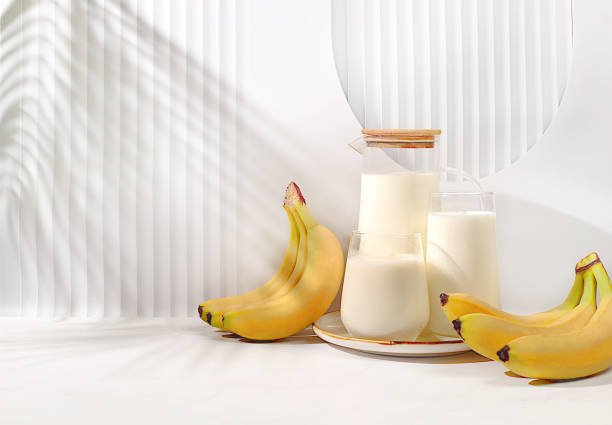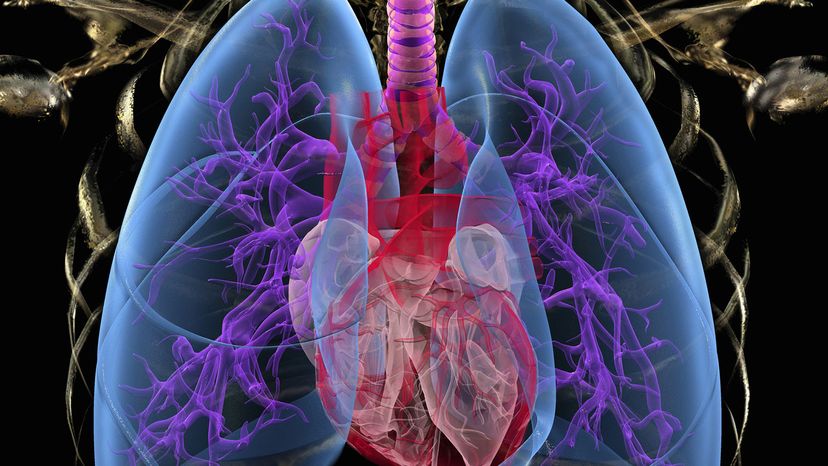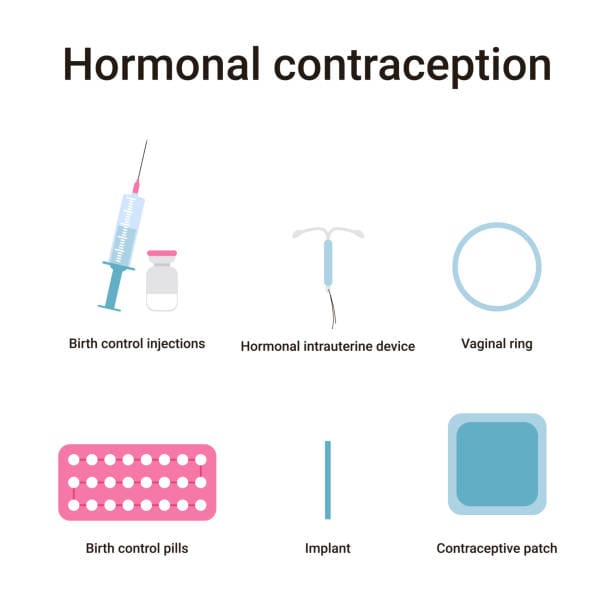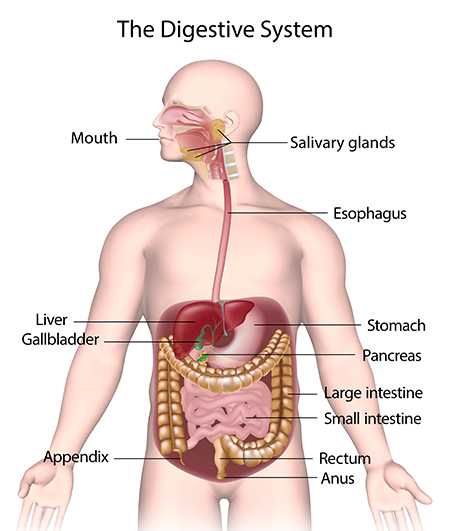We often hear the phrase “trust your gut,” but what if your gut could do more than just offer intuition? What if it could determine your mood, shape your immune system, and even decide how much energy your body extracts from food? The truth is, your gut is more than a food-processing tube—it’s a complex, living ecosystem filled with trillions of microorganisms that hold the key to your overall health.
Modern science now recognizes the gut as a central player in physical and mental wellbeing. Yet, most people don’t realize how much damage everyday habits—like poor diets, stress, and overuse of antibiotics—can do to this inner sanctuary. Luckily, nature has provided a powerful antidote: food.
Some foods do more than nourish—they heal. They can restore your gut lining, feed your beneficial bacteria, and reduce inflammation. This article takes a deep dive into the world of gut-healing foods, exploring how and why they work, what they do inside your body, and how you can build a daily diet that supports a vibrant, resilient gut.
Let’s journey into your digestive universe and uncover the foods that can help rebuild it from the inside out.
Understanding Your Gut: More Than Digestion
Before exploring the foods that can heal your gut, it’s important to understand what your gut actually is—and what it does.
Your gastrointestinal (GI) tract includes your stomach, intestines, and colon. It breaks down food into nutrients, absorbs them, and expels waste. But it’s also home to your gut microbiome, the ecosystem of bacteria, fungi, viruses, and other microbes that influence everything from mood to metabolism.
Your gut lining is only a single cell thick—a fragile barrier that separates what’s inside your gut from the rest of your body. When this barrier becomes damaged, it can lead to a condition sometimes referred to as “leaky gut,” where undigested food particles and toxins escape into the bloodstream, triggering inflammation and potentially autoimmune issues.
This is where healing foods come in. The right diet can:
- Rebuild the gut lining
- Nourish beneficial microbes
- Reduce inflammation
- Improve digestion and nutrient absorption
Let’s start with the heavy lifters—fermented foods, nature’s probiotics.
Fermented Foods: Feeding Your Inner Garden
Fermentation is one of the oldest methods of preserving food, but it’s also one of the most beneficial for your gut. Fermented foods are rich in live, beneficial bacteria—also known as probiotics—which replenish your microbiome.
Yogurt: The Gateway Probiotic
A staple in many cultures, yogurt is made by fermenting milk with specific bacterial strains, primarily Lactobacillus and Bifidobacterium. These bacteria can:
- Enhance digestion
- Reduce symptoms of irritable bowel syndrome (IBS)
- Support immune function
- Produce short-chain fatty acids (SCFAs), which nourish gut lining cells
Look for unsweetened, live-culture yogurt to avoid the sugar crash and maximize probiotic content.
Kefir: The Probiotic Powerhouse
Kefir is like yogurt’s wild cousin—slightly tangy, effervescent, and packed with a more diverse array of microbes. It’s made by fermenting milk or water with kefir “grains” (clusters of yeast and bacteria).
Regular consumption of kefir may help:
- Restore gut flora after antibiotics
- Improve lactose digestion
- Reduce inflammation in the GI tract
Sauerkraut and Kimchi: Fermented Vegetables That Pack a Punch
These tangy, crunchy delights are rich in lactic acid bacteria and fiber. Sauerkraut is fermented cabbage, while kimchi adds spices and other vegetables like radish or scallion. Benefits include:
- Improving gut motility
- Boosting diversity of gut microbes
- Acting as natural detoxifiers
They’re also high in vitamins like C and K, giving your immune system a double boost.
Miso and Tempeh: Fermented Soy for the Gut and Beyond
Miso (a salty paste) and tempeh (a firm soy cake) are fermented soy products that support gut health and protein intake. The fermentation process enhances nutrient bioavailability and creates enzymes that improve digestion.
Kombucha: Gut-Friendly Fizz
This fermented tea is slightly sweet and fizzy, with live cultures known as a SCOBY (symbiotic colony of bacteria and yeast). Kombucha supports liver detox, digestion, and hydration—but moderation is key due to its acidity.
Prebiotic Foods: Feeding the Good Guys
Probiotics are like planting seeds in your gut. Prebiotics are like fertilizing them. Prebiotics are types of fiber that your body can’t digest, but your beneficial bacteria can. These fibers feed your microbiome and stimulate the growth of healthy bacteria.
Garlic: The Gut-Boosting Bulb
Garlic is rich in inulin, a type of prebiotic fiber that selectively feeds good bacteria. It also contains antimicrobial compounds that may help control harmful microbes without damaging beneficial ones.
Raw garlic offers the most benefits, but even cooked garlic contributes to a gut-friendly diet.
Onions: Layered with Prebiotics
Onions are another inulin-rich vegetable that helps stimulate beneficial bacteria like Bifidobacteria. They also contain quercetin, an antioxidant that may reduce gut inflammation.
Bananas: The Resistant Starch Superstar
Unripe or slightly green bananas are high in resistant starch, which resists digestion in the small intestine and reaches the colon, where it’s fermented by gut microbes.
Benefits of resistant starch include:
- Increased production of SCFAs
- Improved insulin sensitivity
- Strengthened gut barrier function
Leeks, Asparagus, and Artichokes: Unsung Prebiotic Heroes
These vegetables are quietly powerful gut-healers, offering a combo of inulin, fiber, and polyphenols. Regular consumption encourages microbial diversity—a marker of gut health.
Bone Broth: Liquid Gold for Gut Repair
Bone broth has become a staple in gut-healing protocols, and for good reason. It’s made by simmering animal bones for hours, releasing collagen, gelatin, and amino acids like glycine and glutamine.
These compounds support the repair of the gut lining by:
- Sealing microscopic gaps in the intestinal wall
- Reducing inflammation
- Supporting mucus production for better barrier function
Drinking a warm cup of bone broth daily can feel like a nourishing internal hug for your GI tract.
Fiber-Rich Foods: The Gut’s Broom
Fiber does more than keep you regular—it feeds your microbes and keeps your colon clean. There are two main types:
- Soluble fiber dissolves in water and becomes gel-like, slowing digestion and feeding microbes.
- Insoluble fiber adds bulk and helps food move through your system.
Whole plant foods offer both.
Oats: The Heart and Gut Helper
Oats are rich in beta-glucans, a form of soluble fiber that promotes the growth of Lactobacillus and Bifidobacterium. They also help lower cholesterol and stabilize blood sugar—both important for overall gut balance.
Legumes: Fiber and Protein Combo
Beans, lentils, and peas are high in both protein and gut-loving fibers. They help regulate bowel movements, increase microbial diversity, and reduce inflammation.
Be sure to soak or pressure-cook them to minimize gas-producing compounds.
Chia and Flaxseeds: Tiny Seeds with Big Benefits
These seeds form a gel when soaked, offering a soothing effect on the digestive tract. Rich in omega-3 fatty acids, they help reduce gut inflammation, while their fiber content encourages healthy bowel movements and microbial growth.
Polyphenol-Rich Foods: Antioxidants for Your Gut Bugs
Polyphenols are plant compounds with antioxidant and anti-inflammatory properties. Many are poorly absorbed in the small intestine, meaning they pass into the colon—where they’re fermented by microbes and help reshape the microbiome in your favor.
Berries: Microbe-Multiplying Jewels
Blueberries, raspberries, and blackberries are high in anthocyanins, which promote the growth of Akkermansia muciniphila, a gut bacteria linked to reduced inflammation and metabolic health.
Green Tea and Dark Chocolate: Indulgence Meets Science
Both green tea and dark chocolate (70% and above) are rich in catechins and flavonoids, which can increase beneficial bacteria while reducing pathogenic ones.
Olive Oil: Liquid Gut Gold
High in oleic acid and polyphenols, extra virgin olive oil has anti-inflammatory effects and supports microbial diversity. It’s also a key feature of the Mediterranean diet—widely studied for its gut and brain benefits.
Anti-Inflammatory Spices: Calming the Gut
Chronic inflammation is a silent saboteur of gut health. Including natural anti-inflammatories in your diet helps soothe the gut lining and rebalance immune responses.
Turmeric: The Golden Healer
Curcumin, the active ingredient in turmeric, reduces gut inflammation and encourages the growth of beneficial bacteria. It’s best absorbed when paired with black pepper (which contains piperine) and healthy fat.
Ginger: The Digestive Soother
Ginger improves gastric motility (how fast food moves through your gut), reduces nausea, and calms inflammation. It can be added to teas, smoothies, or savory dishes for both flavor and gut relief.
Hydration and Healing
While not a food, water is essential to gut health. It aids digestion, keeps mucus membranes moist, and helps move fiber through your system. Adding lemon or cucumber to your water can aid in detoxification and support hydration further.
Herbal teas like peppermint, fennel, and chamomile can also support digestion by reducing bloating, gas, and spasms.
What to Avoid While Healing Your Gut
To heal your gut, it’s just as important to avoid foods that damage it:
- Refined sugars feed harmful bacteria and yeast.
- Artificial sweeteners disrupt microbiome balance.
- Processed foods contain preservatives and additives that irritate the gut lining.
- Excess alcohol impairs digestion and weakens the gut barrier.
- Overuse of NSAIDs (like ibuprofen) can damage the gut lining.
Creating a Gut-Healing Routine
Healing your gut is not about perfection—it’s about consistency. Here’s a sample daily approach:
- Morning: Warm water with lemon, chia oatmeal with berries
- Midday: Lentil salad with olive oil, fermented pickles on the side
- Snack: Kefir or a small portion of dark chocolate with green tea
- Evening: Bone broth-based soup, steamed vegetables, grilled tempeh
- Night: Chamomile tea and quiet time (stress also damages the gut!)
Conclusion: Your Gut, Your Health, Your Power
Your gut is not a passive tube—it’s an intelligent, interactive system that communicates with your brain, immune system, and metabolism. Every bite you take sends a message. Every meal is a chance to nourish the trillions of organisms that keep you alive and well.
By choosing foods that heal rather than harm, you’re not just eating—you’re rebuilding, rewiring, and revitalizing your body from the inside out. It’s not about cutting calories or following fads—it’s about creating a lifestyle of care, consistency, and connection with your own biology.
When you eat to heal your gut, you heal your whole self.






